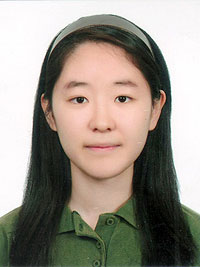New Village Movement; a shortcut to economic success
The New Village Movement is a kind of local development policy introduced by Park Jung Hee, the former president of South Korea, in 1970s.

Sehee Han
